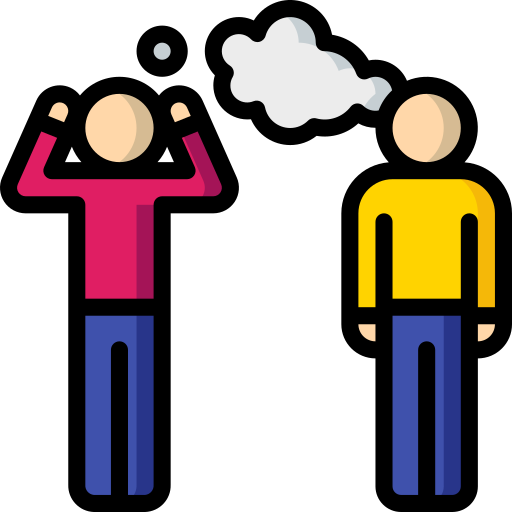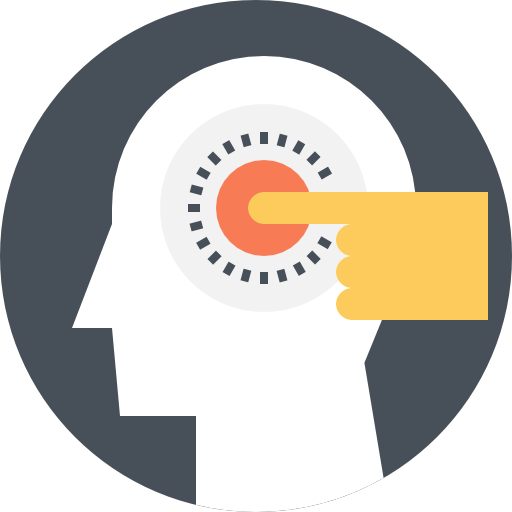Whenever I’d tell anyone I was doing a Masters in Psychology, I’d usually get one of two responses. Either they’d assume I was training to be a therapist or some kind of mental health practitioner, or they’d say something along the lines of: ‘well I hope you’re not going to read my mind!’. Now when I tell people I’m a Behavioural Science Consultant, I’ll either get a blank stare, or once again the beginnings of a conversation around mental health and therapy.
The modern conception of Psychology as a scientific discipline with an empirical framework has been an integral part of our culture since the beginning of the 20th century, with many concepts and theories (such as personality traits, IQ and unconscious bias) in wide popular use; yet to many it remains a mysterious discipline treated with scepticism. Behavioural Science is still a relatively new and emerging field, so it’s unsurprising that people are unsure as to what it is or what it means, but the misconceptions and myths surrounding Psychology can lead to some erroneous assumptions.
 Myth 1: Psychology/Behavioural Science is synonymous with mental health and therapy
Myth 1: Psychology/Behavioural Science is synonymous with mental health and therapy
Mental health and therapy are very important aspects of Psychology, but they are by no means the whole picture. Clinical Psychology, and talk therapy in particular, is hands on, highly individualistic and its methods are difficult to quantify. Many therapists will use intuition, instinct and empathy in their work, rather than data gathering. Most other areas of Psychology are more strictly empirical in their approach and cover a wide range of fields: there is Cognitive Psychology, which explores how our brains process and store information; Developmental Psychology: how we grow and change over our lives; Evolutionary Psychology: how human abilities like language are shaped by evolutionary processes; Forensic Psychology, which applies psychology to criminal law; Health Psychology; which applies psychology to health and wellbeing (at a population level); Neuropsychology: the structure and functioning of the brain; Occupational Psychology: using psychology to improve performance in organisations and businesses; and Social Psychology: how people behave in social groups. Behavioural Science is possibly an extension of Occupational Psychology, but less hyper-focused on performance (although it is interested in that of course).
Unlike therapy, Behavioural Science is more interested in statistical data, and exploring typical behaviours, displayed by most people, that can be used to design or improve systems and processes, as opposed to addressing individuals and their unique needs. Two influential books underpin Behavioural Science: Daniel Kahneman’s Thinking Fast and Slow[i], which explores how much of our thinking is automatic, emotional and unconscious; and Nudge[ii] by Richard Thaler and Cass R. Sunstein, which developed a powerful method of utilising well established ‘heuristics’ (or cognitive biases) to develop ‘Nudges’ that influence people into making better choices. Behavioural Science understands that through evolution we have developed certain ‘short cuts’ to help us limit the amount of cognitive energy we use for the myriad of decisions we make every day. For the most part, this enables us to learn and develop habits, so that we can preserve our cognitive resources for the big and important decisions, covering the rest almost on autopilot. The drawback, however, is we become too comfortable or embedded in ways of doing things that cease to help us – our eating habits, our shopping habits, our working habits can all become difficult to change, even when it would be demonstrably better to do so. Behavioural Science uses the powerful technique of ‘Nudging’ to help us change habits by making certain choices as compelling and attractive as possible.
Myth 2: Psychology enables  mind reading
mind reading
If a basic knowledge of Psychology could enable mind reading, we would probably have solved many of the world’s problems by now. Some films and TV series such as Lie to Me or Sherlock, have popularised the idea that it’s possible to predict what people are thinking or how they’re going to act with unnerving accuracy, simply by being extremely clever and being able to ‘read’ facial ticks or pick up on subtle cues. It is surely possible to train yourself to read people better, sales people, politicians, detectives and negotiators, will likely be greatly skilled in this area. According to Simon Baron-Cohen[iii], some are even born gifted at people reading, with higher levels of ‘cognitive empathy’: psychopaths are particularly good at it, whereas autistic people can struggle (this is in contrast to affective empathy, which means feeling other’s emotions). And yet, individuals remain highly complex, dynamic and hard to predict. You’re never going to 100% know what someone is thinking or feeling, because we often don’t know ourselves! It is possible, however, to observe and measure group behaviour and infer patterns, to create an evidence base that, if certain variables are in place, most people will likely react a certain way. And yet, even that is not fool proof, as research can point to a certain ‘universal truth’, only to be upended by later research exploring different contexts. People will often surprise you.
 Myth 3: Nudging is manipulative
Myth 3: Nudging is manipulative
People are very clever and can soon work out if they are being pushed into a direction that they didn’t choose. But Nudging is all about influence, and it is possible to make a choice so compelling that we are more likely to pick it up. Is this manipulative? Manipulation implies that our wills are being ignored, our best interests are not being served, or that the information given to us obscures the actual desired outcome. Nudging aims to avoid this. Thaler and Sunstein introduce three rules for ethical Nudging: transparency, ease of avoidance, and betterment of the decision-maker. If the Nudge is not clear, upfront and avoidable, it’s a bad Nudge. You could argue that the philosophy behind Nudging is inherently anti-manipulation, as ignoring the betterment of the decision-maker will ultimately become a losing strategy and therefore be ineffective. Sure, you could increase your profits or goals in the short term, by utilising Nudges to push their customers into decisions against their financial or professional interests, but as people cotton on you may lose valuable trust. For this reason, it is seen as advantageous for Public Services to avoid coercing people to take particular actions. The purpose of Nudging is to reduce barriers and make choices easier and more engaging. If we’re talking about encouraging people to pay their taxes, eat more vegetables, recycle, carry out line management duties or buy your service, the best option should always be a win-win for both the organisation and the choice-maker.
 Myth 4: Nudging is controlling
Myth 4: Nudging is controlling
In their book, Thaler and Sunstein also address the politically fraught concept of choice, and how Nudging can be seen to challenge the Libertarian ideal of ‘free choice’. They come up with the concept of ‘Libertarian Paternalism’, to underscore that although Nudging can involve the restriction of choice, it always has choice at the centre. Forcing only one option is not really a Nudge, and a Nudge should never come across as lecturing or controlling. Quite the opposite, Nudges highlight, suggest and attract, but never demand or push. As mentioned, the betterment of the decision-maker is always at the heart of the Nudge.
 Myth 5: Nudging is a magic bullet
Myth 5: Nudging is a magic bullet
As with all new things, it’s possible to overstate the transformative power of Nudging. Although effective, there are limits. As discussed, people are complex and difficult to predict. Our free will and agency does, and should, allow us to ignore a Nudge. The best Nudges will significantly improve the take up of certain choices, but, as we saw with COVID, attempting to change the behaviour of an entire population is extremely difficult. In Jonathan Haidt’s book The Righteous Mind[iv] he explores how large groups tend to naturally form two uneven factions, a majority who are principally concerned with maintaining the security and integrity of the group, and a minority who push for change. Whether social norms are embedded or imposed, there will always be a proportion of the population unwilling to play along – for better or for worse. Therefore, Nudging, although demonstrably effective, can only do so much to shift behaviour in one direction.
Behavioural Science does not aim to address individual’s psychological needs, or manipulate or force people into things that don’t benefit them – quite the opposite. Nudging is about improving systems and processes, significantly increasing (or decreasing) the likelihood of a certain behaviour, by using our knowledge of our biases to make certain choices (beneficial to the decision-maker) more attractive.
At Caja we work with clients to apply Behavioural Science to a range of real world problems, including increasing customer engagement, promoting digital channel shift and service improvement. Get in touch if you would like to find out more.
[i] Kahneman, D. Thinking Fast and Slow. Penguin. 2011
[ii] Thaler, R. & Sunstein, C. Nudge. Penguin. 2008
[iii] Baron-Cohen, S. Zero Degrees of Empathy. Penguin. 2011
[iv] Haidt, J. The Righteous Mind: Why Good People are Divided by Politics and Religion. Penguin. 2012




